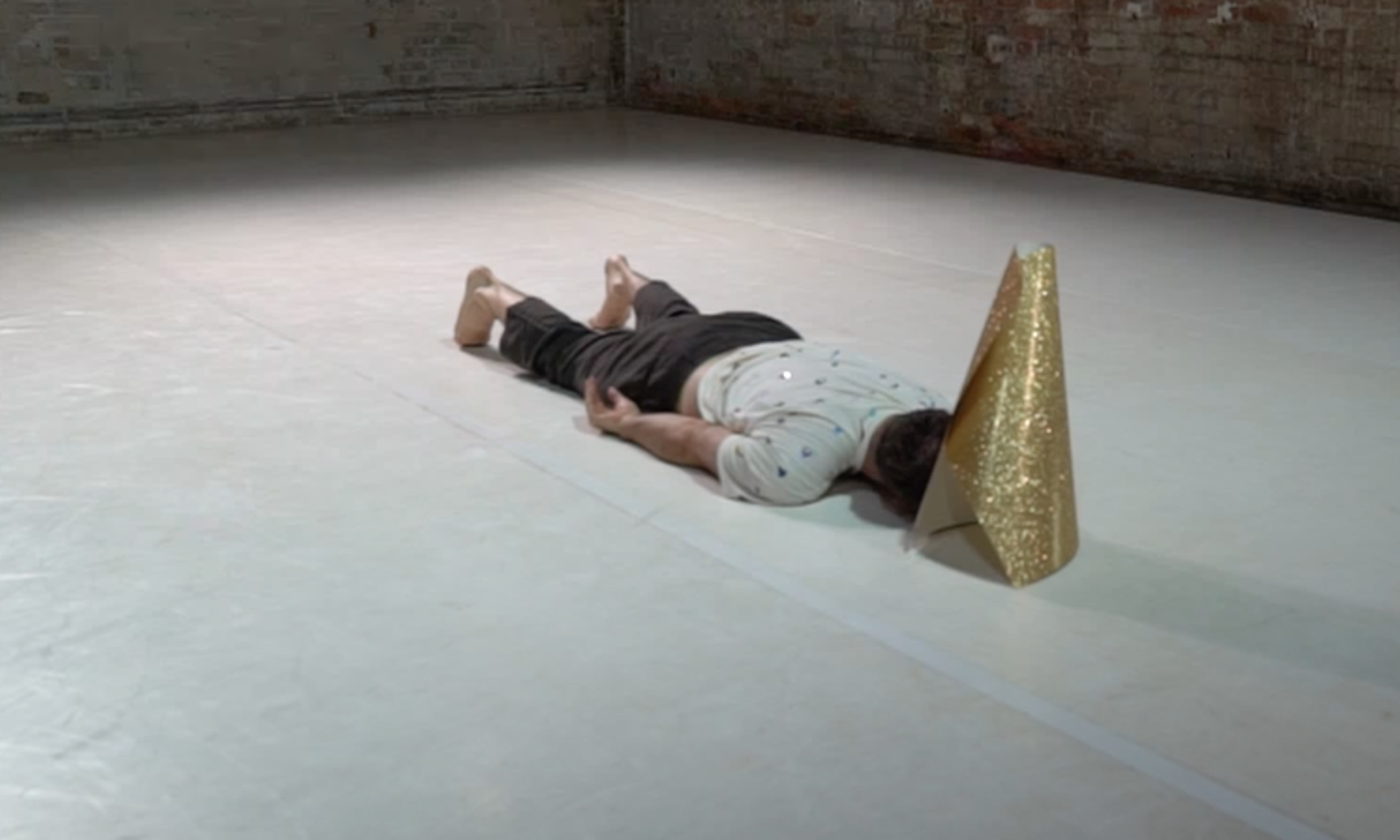
STP

Non – sense
“This is part of the reason why it is nonsense to speak of observing, inspecting, witnessing or scrutinising sensations, since the objects proper to such verbs are things and episodes.” – Ryle 2009 p 189
I would propose that this thought is an example of how how faith in text trumps corporeal experience. Sounds like par for the course for a philosopher.
Observation

that which is

Not in Tune
“I feel or have the tweaks, but I do not discover or peer at them; they are not things that I find out about by watching them, listening to them, or savouring them. In the sense in which a person may be said to have had a robin under observation, it would be nonsense to say that he has had a twinge under observation.” – Ryle 2009, p 185.
This statement by Ryle leads me to believe that he was not in tune with his soma.
Ryle was never hugged
People can see, hear and jolt one another’s bodies, but they are irremediably blind and deaf to the workings of one another’s minds and inoperative upon them (Ryle, 2009, p.3)
A Foundation of Training and Practice

“Yes, And” to cross the divide
The universe is made of stories, not of atoms. -Muriel Rukeyser, poet and activist (15 Dec 1913-1980)
A nice sentiment, but a rather negative anti-science tone, which merely continues the unnecessary and unproductive divide between the “hard” and “soft” sciences. Muriel could have written: The universe is made of stories AND of atoms.
The existence of stories does not exclude the existence of atoms. And vice-versa.
It is kind of a nice story, how the idea came about. As Kelly said, we have stories because we have atoms.
Aristotle and Improvisation
It is absurd to suppose that purpose is not present because we do not observe the agent deliberating. Art does not deliberate.
– Aristotle, Physics II.8, The Complete Works of Aristotle Vol. I. The Revised Oxford Translation, ed. Jonathan Barnes).
If Art does not deliberate and choreography can be seen as a form of deliberation, is, then, choreographed dance not art?
Is the art that choreography generates, then, the un-deliberated performance of its execution?
Does this mean, then, that the purest artistic form of dance is the least deliberated, i.e., absolute improvisation, when the phases of exploration, experimentation, and execution collapse into a singular event, when the artist is deliberating in the moment?
